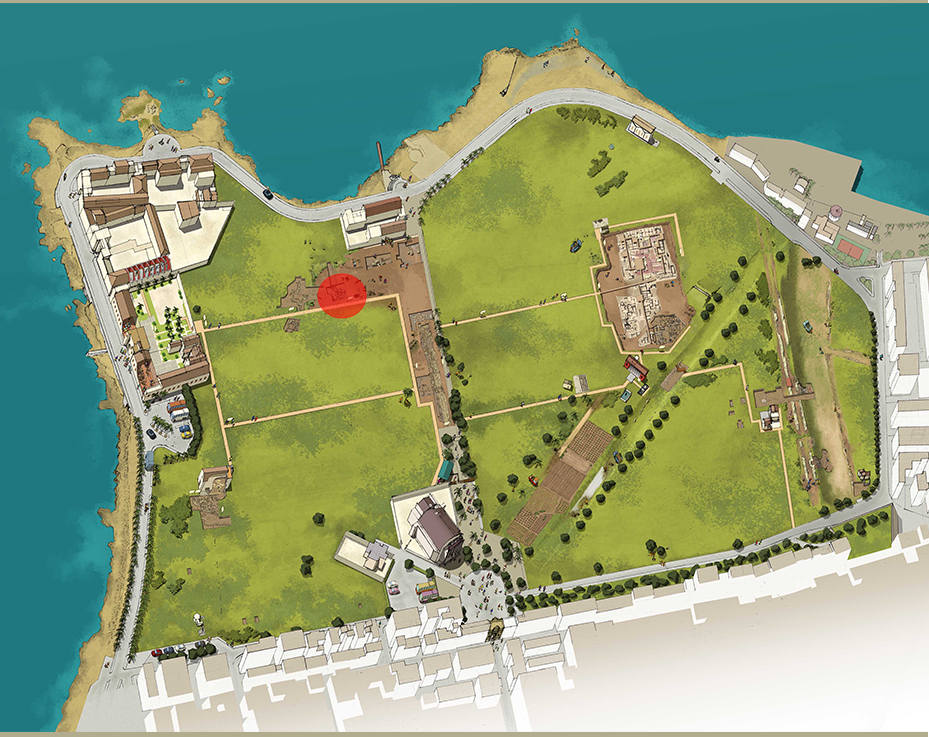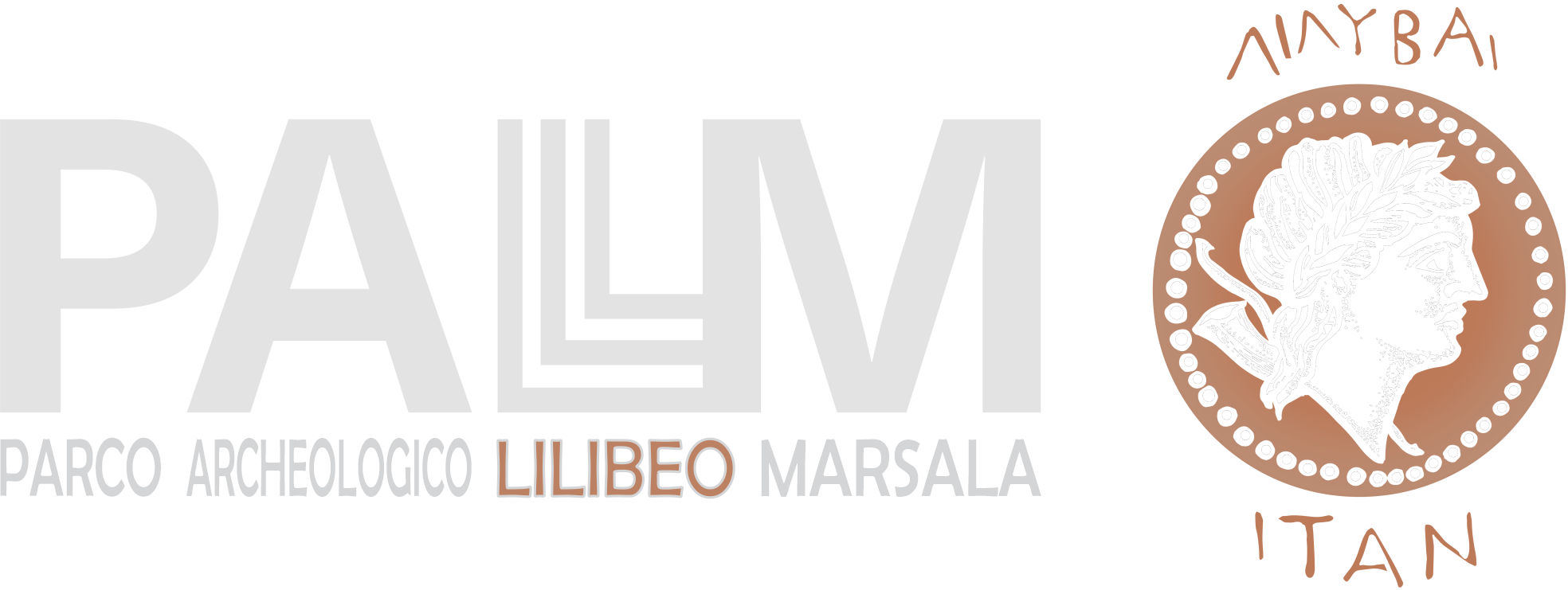LE terme pubbliche


🇬🇧 An idealised reconstruction of the public baths in the Roman Imperial period.
🇮🇹 LE TERME PUBBLICHE
I recenti scavi condotti alle fortificazioni nord-occidentali di Lilibeo (2010-2011), non ancora ultimati, hanno messo in luce una grande torre.
In un momento imprecisabile, forse tra la fine del II e gli inizi del III sec. d.C., ma certamente quando era già cessata nell’area la funzione difensiva delle fortificazioni, venne costruito un edificio termale pubblico, la cui estensione è ancora ignota. Di queste terme -che possiamo immaginare simili per struttura e grandiosità ai bagni pubblici romani raffigurati nell’illustrazione- si conosce, al momento, solo l’ambiente sotterraneo di una grande sala absidata con l’ipocausto (hypocaustum) e relativo prefurnio (praefurnium). La sala era utilizzata per i bagni in acque calde (calidarium) o tiepide (tepidarium). L’ipocausto era situato sotto il pavimento della sala, costituito da grandi tessere bianche e lastrine marmoree, di cui rimangono soltanto alcuni lembi. Questo pavimento era sostenuto dai pilastrini (suspensurae) in mattoni e pietra lavica dell’ipocausto, che fungeva anche da intercapedine per la circolazione dell’aria calda. Il prefurnio costituiva l’imboccatura del forno in cui si bruciava la legna per il riscaldamento dell’ambiente sotterraneo.
🇬🇧 THE PUBLIC BATHS
The most recent excavations of the fortifications in the north-west of Lilybaeum (2010-2011), as yet not completed, have unearthed a great tower.
At a certain moment, perhaps between the end of the second and the beginning of the third century AC., but certainly when the fortifications in this area no longer had a defensive function, a public baths was built, the exact dimensions of which are not yet known. Of these thermal baths – which we can imagine to be similar in structure and grandeur to the Roman public baths in this illustration – at present only the hypocaustum with its praefurnium, parts of the underfloor heating system of a great apsed hall, have been uncovered. This hall would have contained the calidarium (hot bath) or tepidarium (warm bath). The hypocaustum was situated under the hall floor, which was made of great white tesserae and slender slabs of marble, of which only a few fragments remain. It consisted of small stacks (suspensurae) of bricks and lava stone which propped up the floor, forming a cavity far the circulation of hot air produced by a wood-burning jùrnace The praefurnium was the mouth of the furnace.
